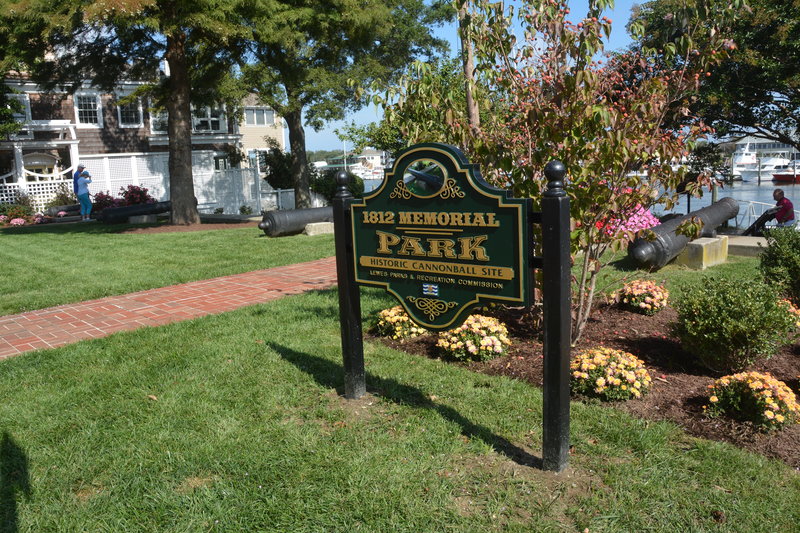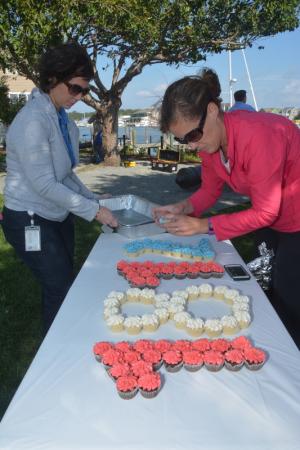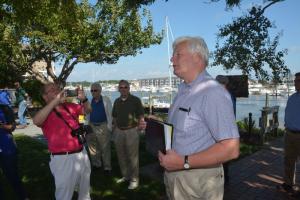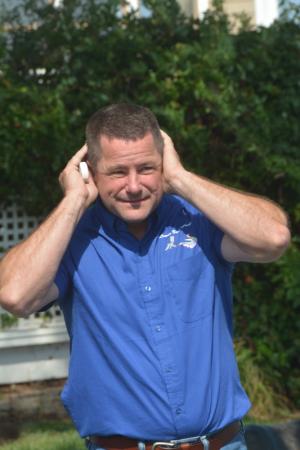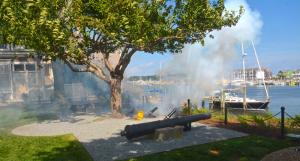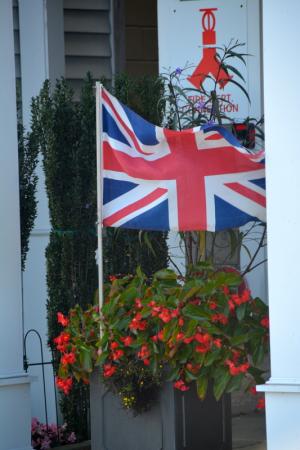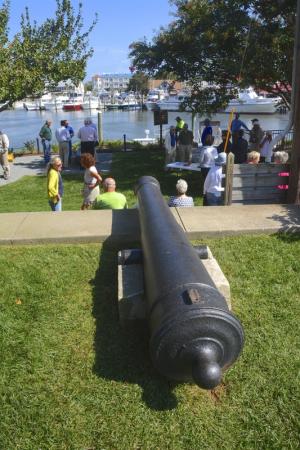The site of the most significant event in the history of Lewes has had a makeover.
City officials and volunteers gathered Sept. 19 to dedicate renovations to 1812 Memorial Park along the Lewes-Rehoboth Canal in the downtown area.
Lewes Mayor Ted Becker called the work done at the park - funded in large part by an anonymous donor - a reincarnation.
Volunteers - including Lewes in Bloom - were heavily involved in the project. “Volunteerism runs rapid in Lewes; we are fortunate to have that,” the mayor said.
The park is the oldest of Lewes' seven parks dating back more than 100 years. The original marker commemorating the first dedication of the park was placed there in 1914 by the National Society of U.S. Daughters of 1812. For many years, the historic marker was hidden by large boxwood bushes.
Most people who pass by the small park with its cannons and tree canopy along the waterfront are not aware that it was the location of an earthen fort built to protect the Delaware Bay from a British invasion during the War of 1812.
About 300 Lewes militia manned the fort as they waited for state and federal reinforcements. Eventually, about 1,500 soldiers would be encamped in Lewes at what is now Blockhouse Pond.
On March 15, 1813, three British ships arrived and set up a blockade of the Delaware Bay. Then on April 6-7, British ships off the shore of Lewes bombarded the town in an effort to sail up the Delaware Bay to Philadelphia. It was the 300 Lewes militiamen who were able to hold off the British.
The British were set on destroying the city and its new DuPont Powder Works on the Brandywine Creek, said Mike DiPaolo, executive director of the Lewes Historical Society. They never got that far in part thanks to the brave effort shown by the Lewes militia.
“The British knew they were not going to have an easy time going up the Delaware,” DiPaolo said.
DiPaolo said for years veterans of the war would tell the story of how Lewes defeated the British in the War of 1812.
Phase I of the park project included planting more grass and the addition of a new brick walkway and new benches. In addition, plantings were upgraded, some of the gardens were moved and the entire park was cleared out to afford a better view of the waterfront.
Warren Golde, a parks and recreation commission member, said a project that could have taken five years was completed in one year thanks to donations and the work of volunteers. “I've seen a 200 percent increase in the number of people who use this park,” he said.
Phase II will include the addition of more plantings and park furniture.
Carol Richardson is chairwoman of the city's parks and recreation commission.
Other donors included Albert Frank Jeweler; Dogfish Head; Touch of Italy and the Lee Ann Wilkinson Group.











